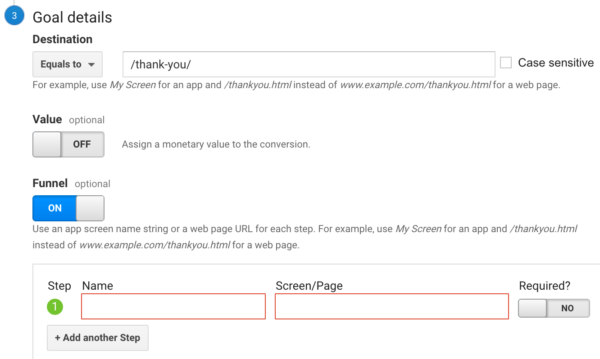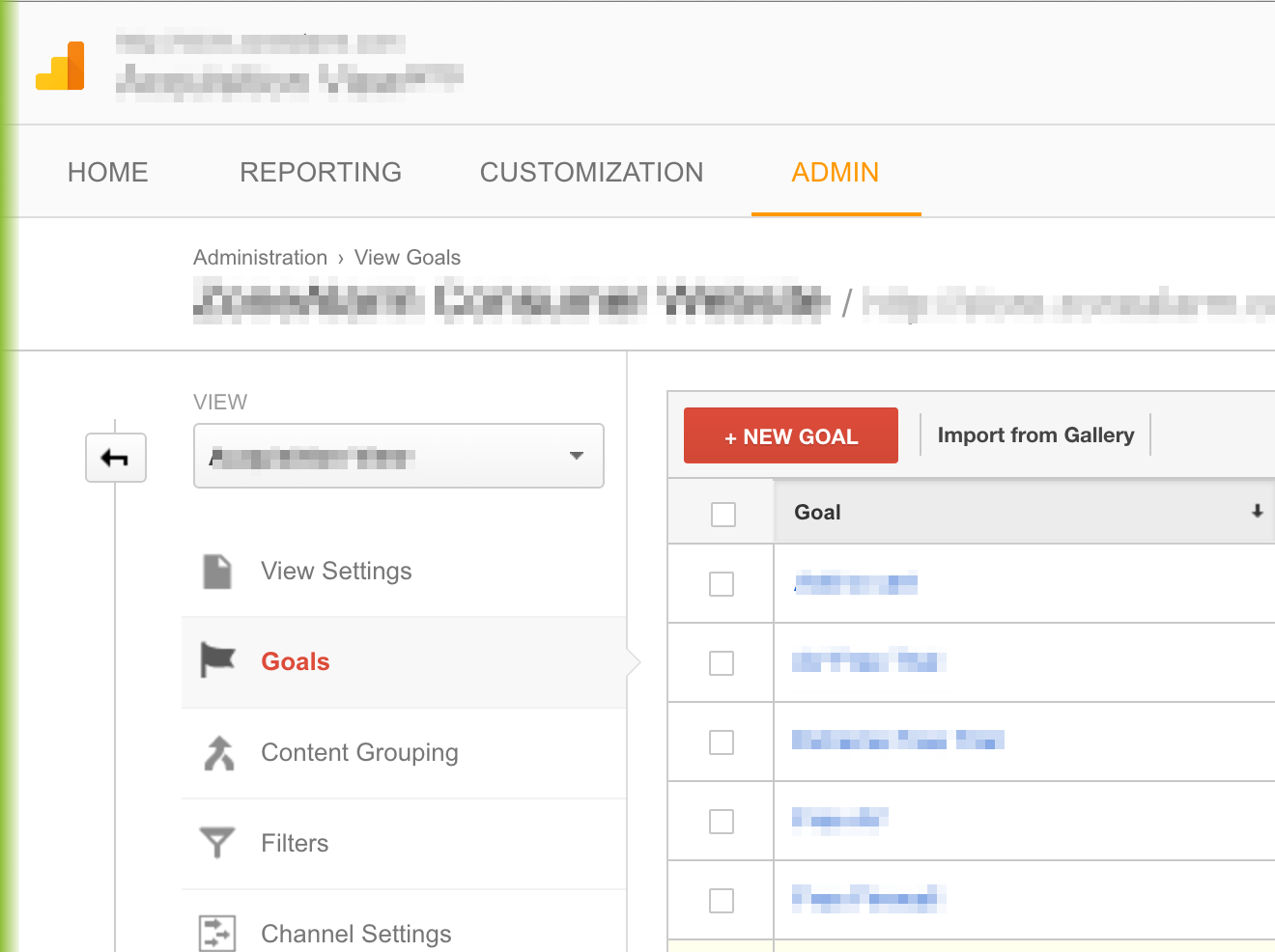What Data Is Google Analytics Goals Unable to Track and Why
Demystifying Google Analytics Limitations: Uncover What Data Goals Can not Track
In the world of electronic analytics, Google Analytics stands as a powerful device that gives important understandings right into internet site efficiency and customer actions. In the middle of its capabilities, there exist limitations that often go unnoticed. Recognizing what Google Analytics can not track is essential for a thorough understanding of information interpretation and decision-making procedures. From the complexities of customer interaction with vibrant web content to the intricacies of cross-device user trips, these constraints clarified areas that may remain covered from standard analytics viewpoints. By unwinding these restraints, a more clear photo emerges, permitting for more educated techniques and improved insights right into individual engagement and conversions.

Customer Interaction With Dynamic Material
Customer communication with dynamic content plays a crucial function in recognizing customer habits on internet sites and enhancing the total user experience. Dynamic material describes components on a website that can transform without the demand for a complete page reload. This includes interactive aspects such as pop-ups, sliders, kinds, and video clips that react to individual activities in real-time. By tracking user interactions with vibrant content, internet site proprietors can acquire useful understandings into customer engagement, choices, and actions.
Google Analytics offers numerous tools to track individual communications with vibrant content, such as occasion tracking and digital pageviews. Occasion tracking permits you to keep an eye on particular individual actions, like clicking a button or watching a video, providing data on just how users communicate with dynamic elements.
Cross-Device Customer Journeys
How can modern analytics devices track the complex courses users take across numerous gadgets in their on the internet journeys? Cross-device customer trips present a substantial difficulty for tracking and examining individual behavior accurately. As customers connect with apps or internet sites using numerous devices such as smartphones, tablet computers, and desktops, it becomes important to comprehend exactly how they move in between these systems to enhance user experience effectively.
Google Analytics faces limitations in tracking cross-device user trips as a result of privacy problems and technological restraints - what data is google analytics goals unable to track. While it can offer insights into specific devices' communications, tracking a seamless user journey across multiple tools stays an obstacle. This restriction can lead to insufficient information and fragmented customer understandings, making it tough for companies to develop a unified sight of the client journey
To address this concern, services can utilize innovative analytics devices that supply cross-device monitoring abilities, enabling them to gain a more alternative understanding of individual actions. By leveraging these devices, services can link the gap in tracking cross-device customer trips and enhance their electronic methods for a seamless individual experience.
Offline Conversions and Acknowledgment
As services navigate the challenges of tracking cross-device individual trips, one more pivotal aspect to think about is the realm of offline conversions and acknowledgment in the realm of information analytics. While Google Analytics provides useful insights right into on-line user actions, it fails when it pertains to tracking conversions that occur offline. This restriction presents a substantial challenge for services that have both online and offline sales networks.
Offline conversions, such as purchases made in physical stores or through call facilities, are essential to comprehending the complete client journey. Without the capability to connect these offline conversions to details on-line interactions, organizations may struggle Read Full Article to accurately gauge the effect of their digital advertising and marketing initiatives.
To resolve this void, organizations can explore different options such as incorporating CRM systems with on-line analytics tools or making use of one-of-a-kind promo codes that can be traced back to on-line campaigns. By connecting the void between online and offline information, companies can get a more thorough understanding of their clients' actions and enhance their total advertising techniques.
Individual User Identification
In the realm of information analytics, the capacity to accurately recognize private websites customers throughout different online touchpoints is an essential difficulty for businesses looking for to individualize and enhance their advertising and marketing methods. While Google Analytics supplies useful understandings into individual actions and interactions, it drops short in making it possible for the recognition of particular people as a result of personal privacy worries and technological limitations. Google Analytics uses one-of-a-kind identifiers such as cookies to track individual sessions and behavior, however these do not relate to determining private users in a personal feeling.

Data From Secure Pages
Regardless of the enhancing prevalence of secure pages on websites, getting information from these encrypted resources offers a distinct challenge for electronic analytics platforms like Google Analytics. Safeguard web pages, shown by HTTPS in the URL, secure data exchanged in between the individual's web browser and the website's web server to make sure personal privacy and safety and security. While this security is essential for safeguarding delicate details, it additionally positions constraints for tracking individual actions and event analytics information.
Google Analytics encounters barriers in collecting in-depth information from secure pages due to the encryption procedures in location. Therefore, specific information factors such as reference resources, keyword searches, and even some customer communications might not be fully caught when customers access a site through a protected connection. This limitation can influence the precision and completeness of the information analysis, leading to voids in recognizing individual actions and choices on safe and secure web pages.
To navigate this difficulty, electronic experts might need to explore alternate tracking techniques or take advantage of other tools specifically designed to gather insights from protected pages. By adapting techniques to suit these constraints, organizations can still derive important analytics regardless of click here to read the restrictions provided by encrypted connections.
Verdict
In final thought, Google Analytics has limitations in tracking individual interaction with dynamic content, cross-device individual trips, offline conversions, individual customer recognition, and information from protected pages. Regardless of its beneficial understandings, Google Analytics may not provide a complete image of customer engagement throughout numerous touchpoints.
Customer interaction with dynamic web content plays an essential role in understanding customer habits on web sites and enhancing the total individual experience. By tracking customer communications with vibrant material, website owners can acquire useful insights into individual interaction, choices, and behaviors.
Google Analytics utilizes unique identifiers such as cookies to track individual sessions and habits, however these do not equate to identifying individual customers in an individual feeling.
As an outcome, particular data factors such as referral resources, keyword searches, and even some individual interactions may not be fully caught when users access a web site through a protected connection.In conclusion, Google Analytics has restrictions in tracking customer interaction with dynamic web content, cross-device user trips, offline conversions, specific customer identification, and data from protected pages.